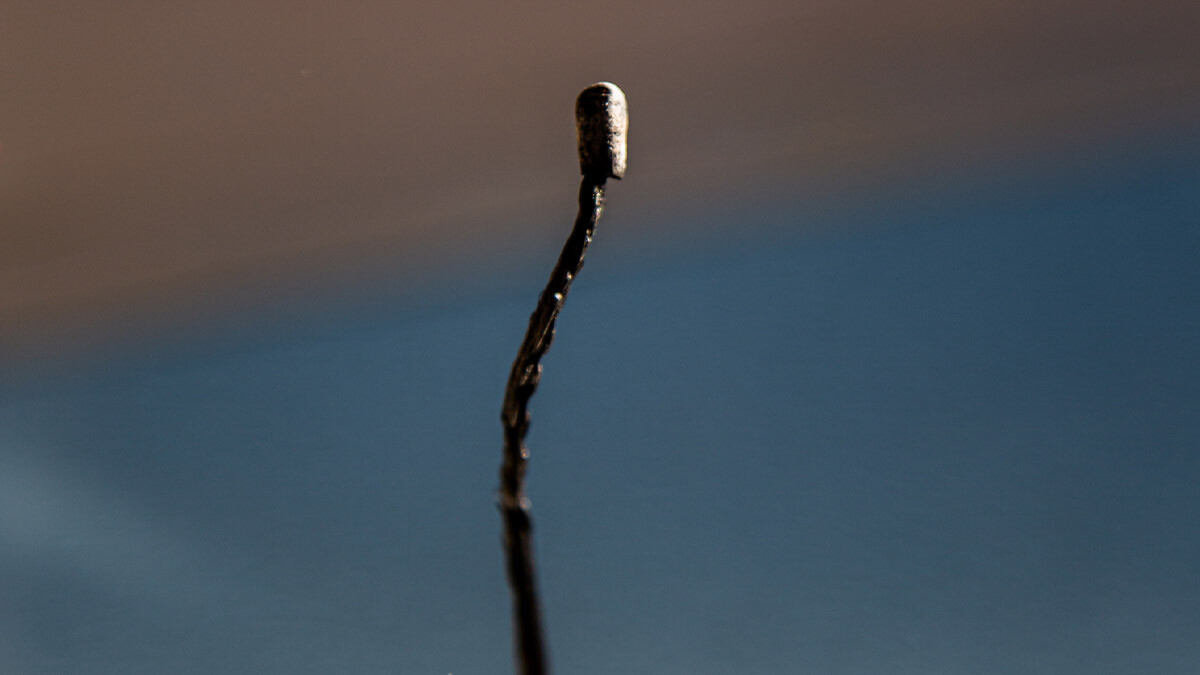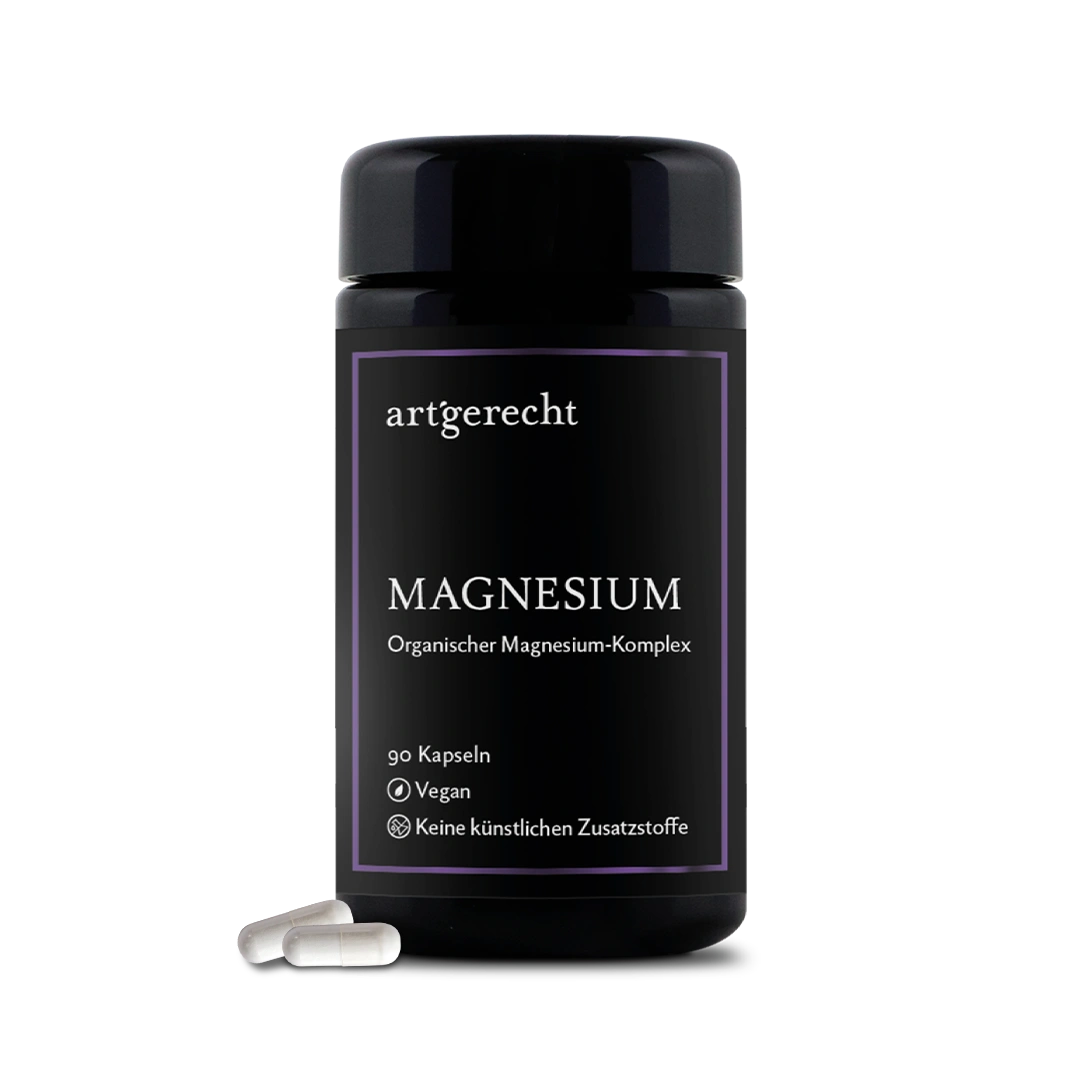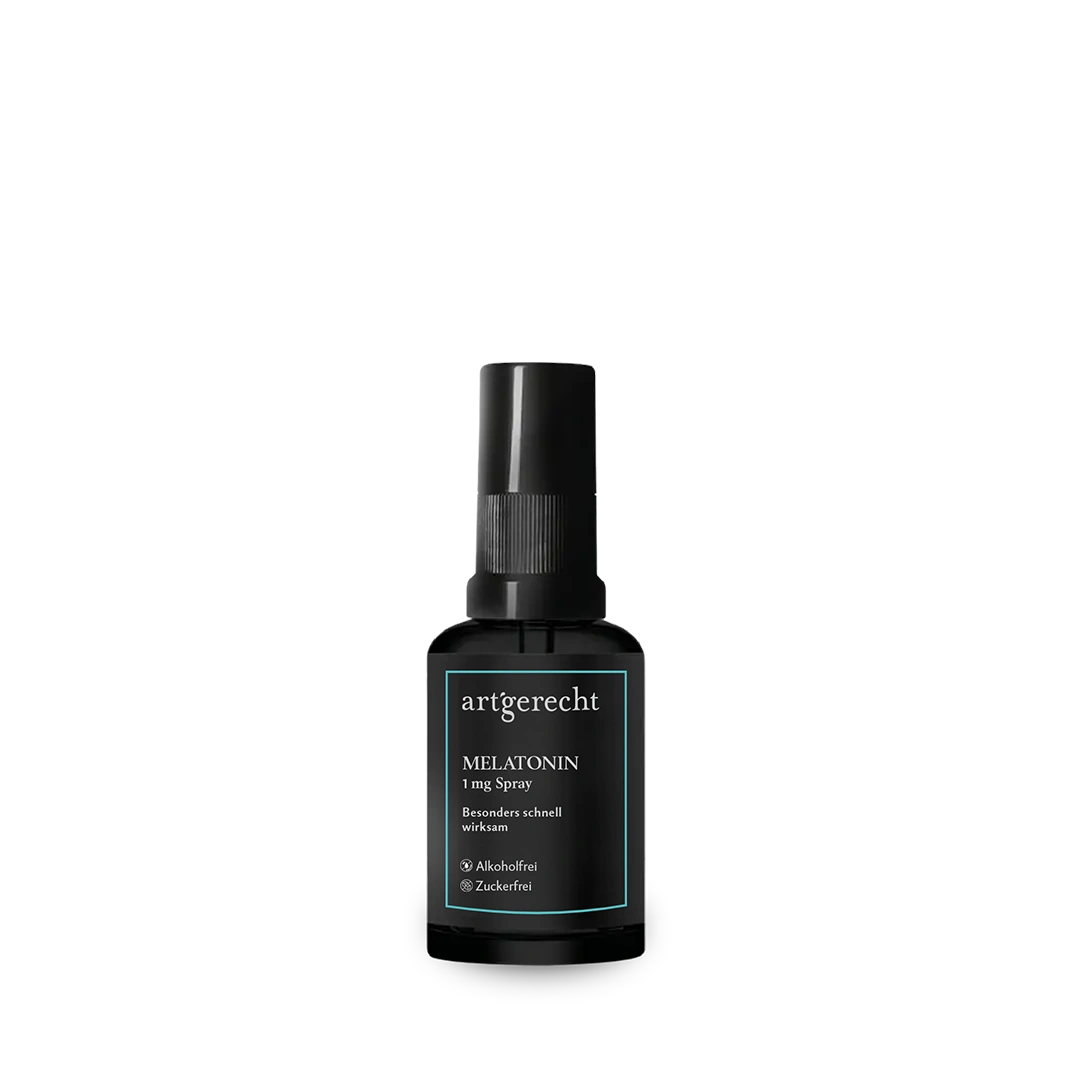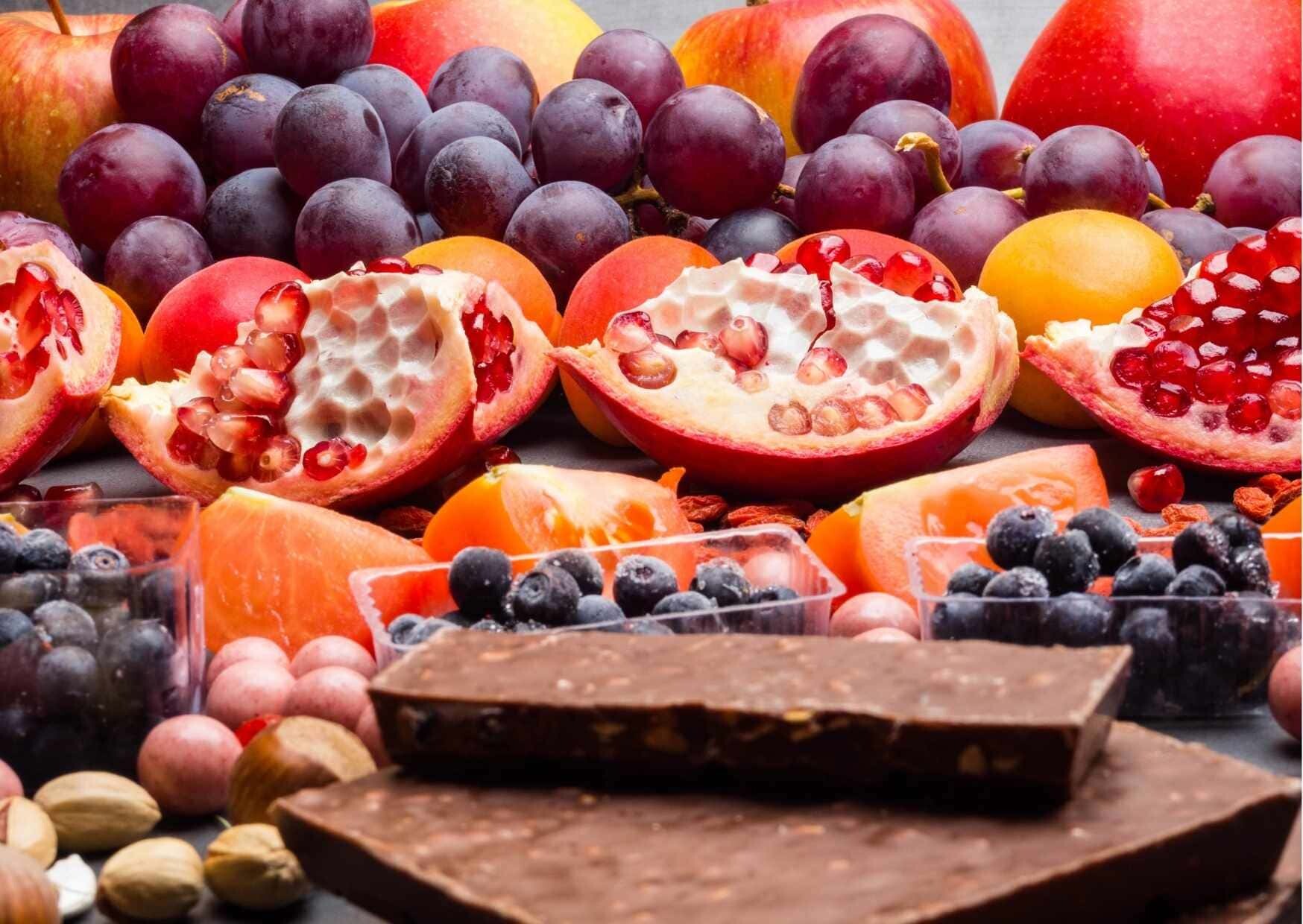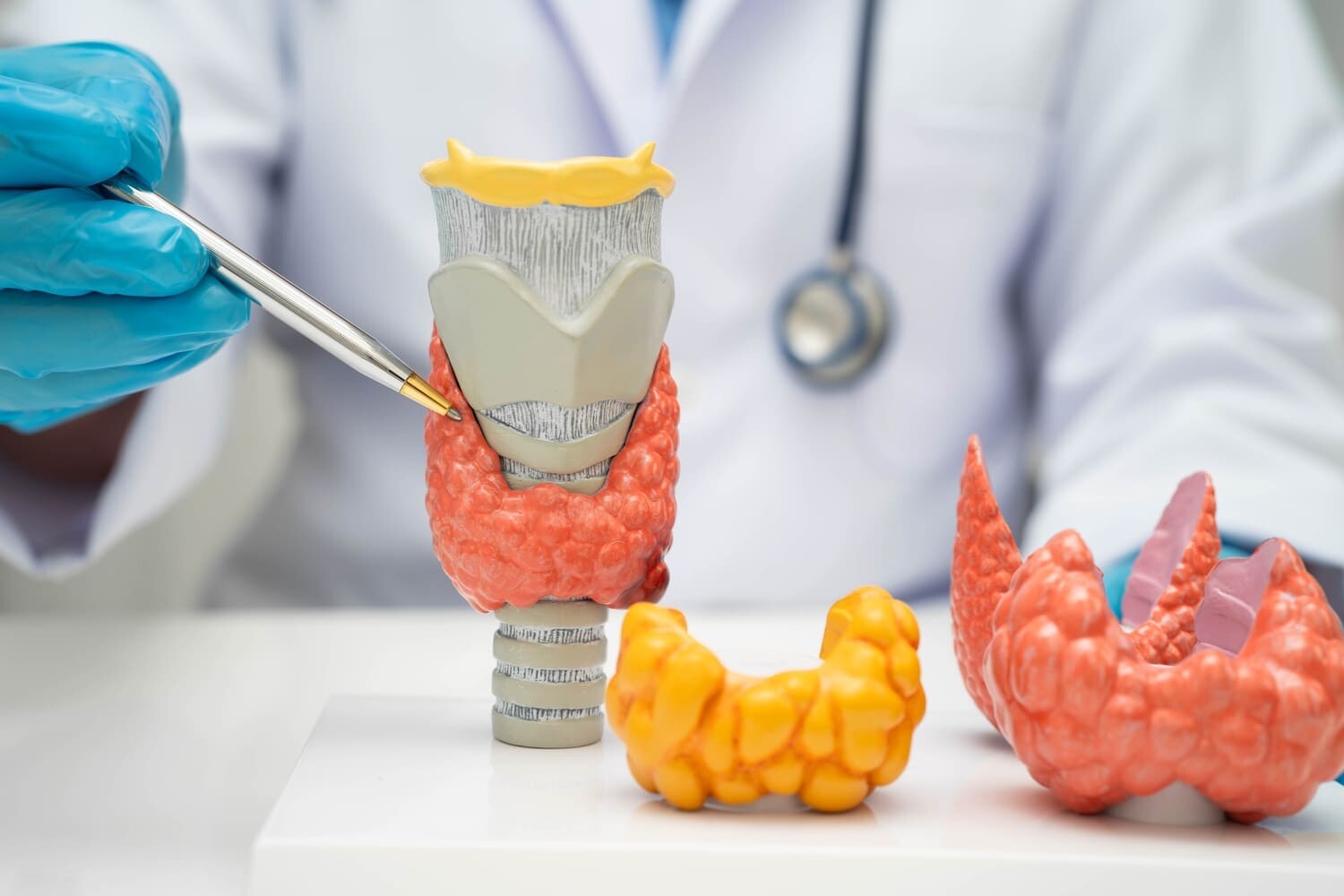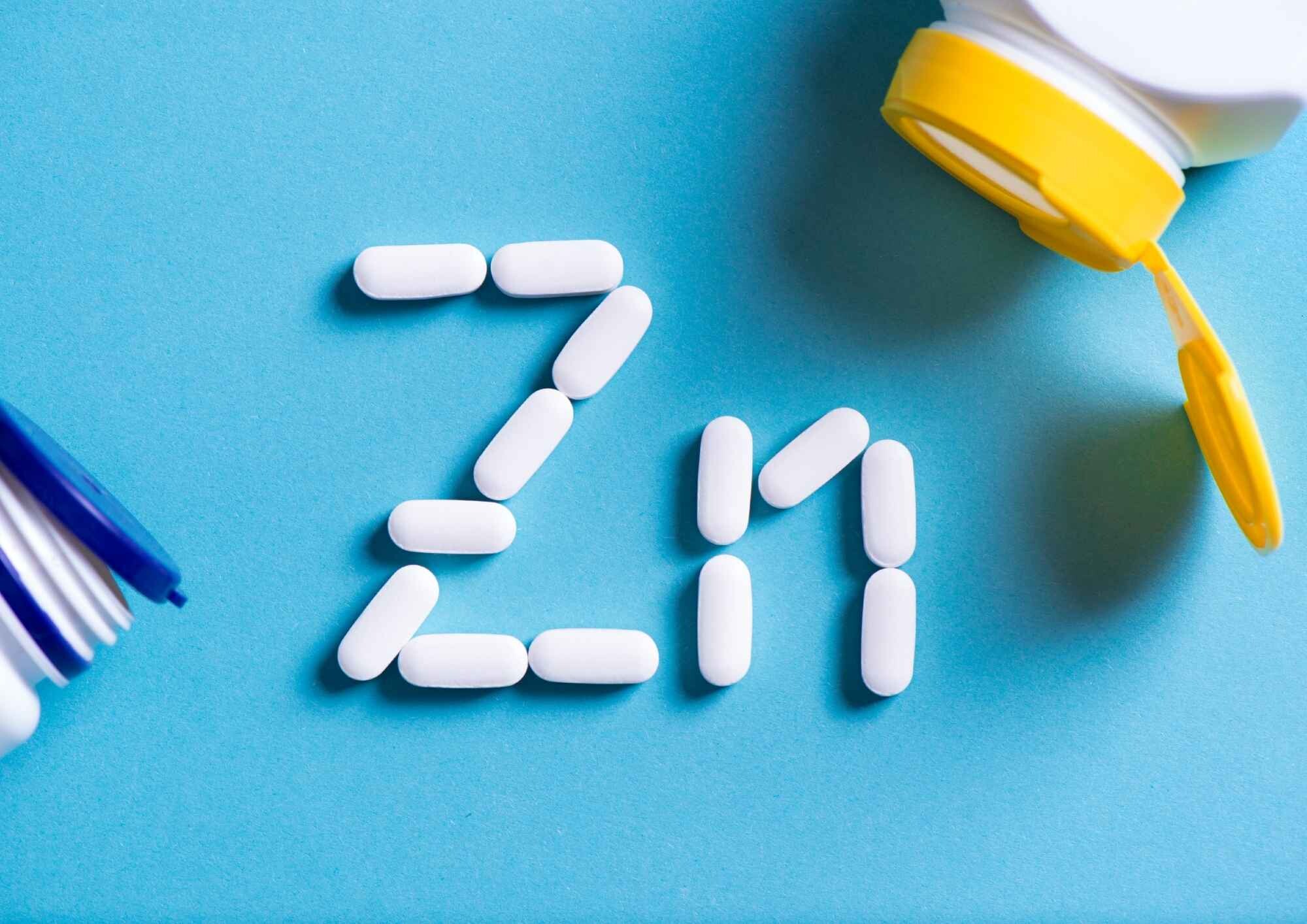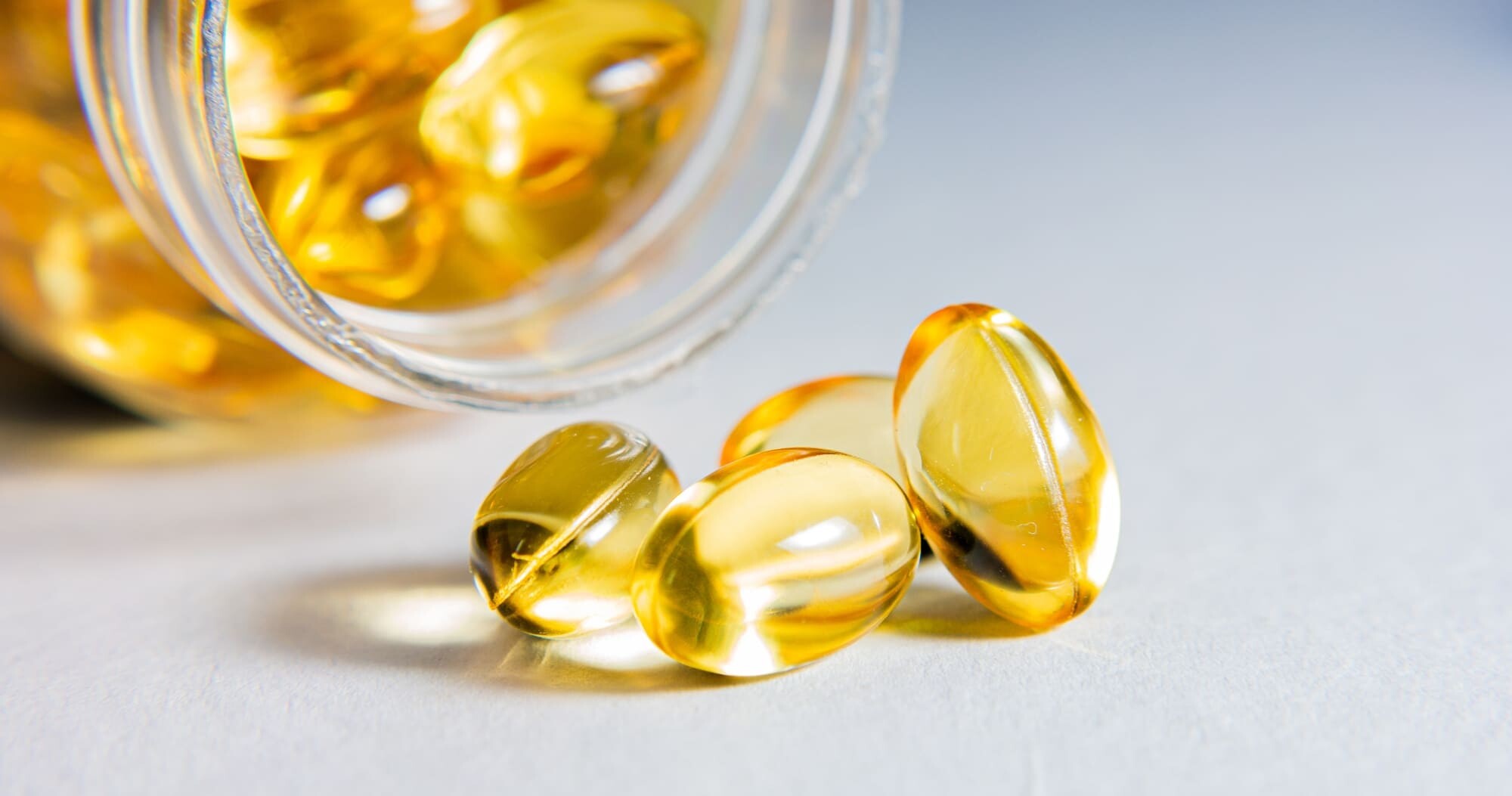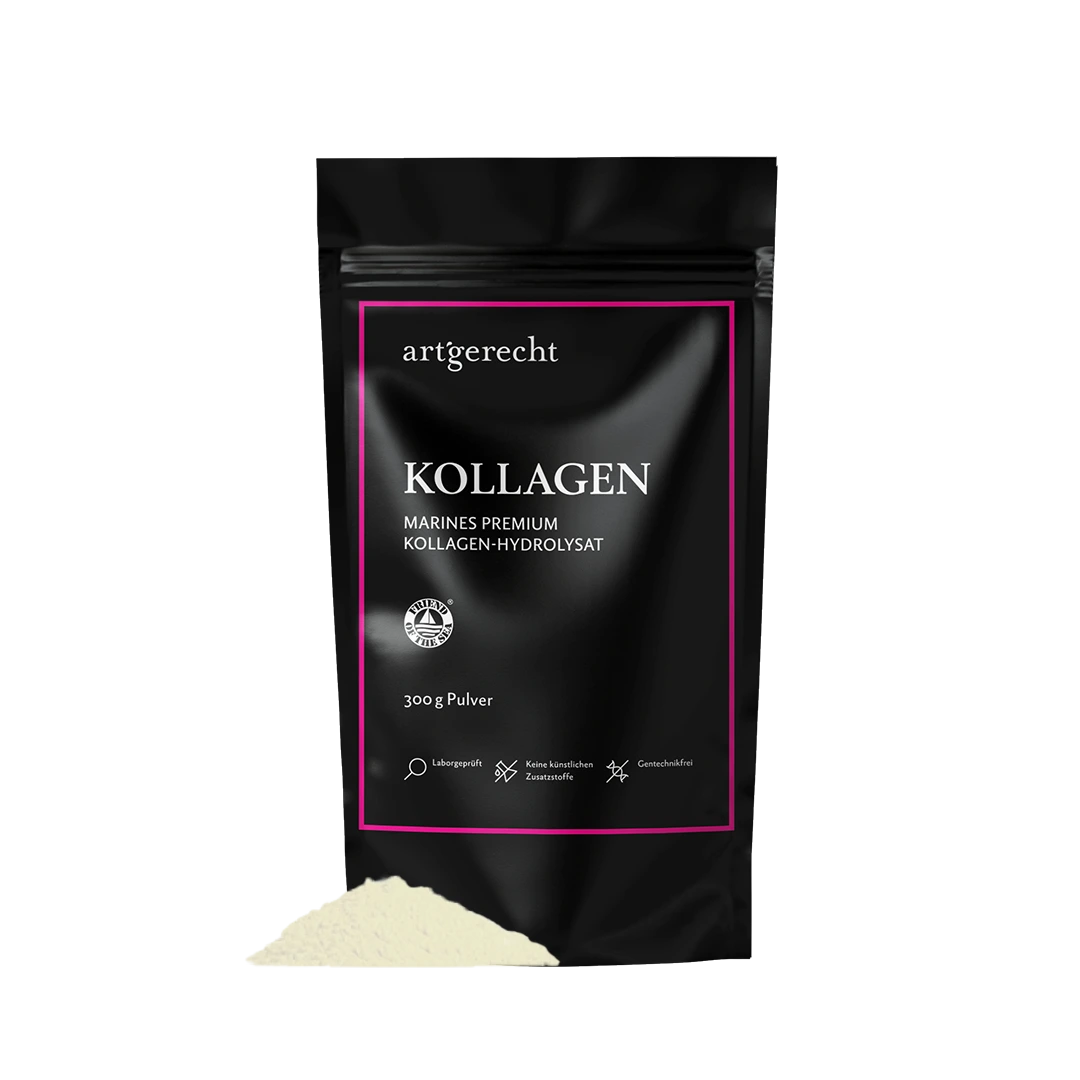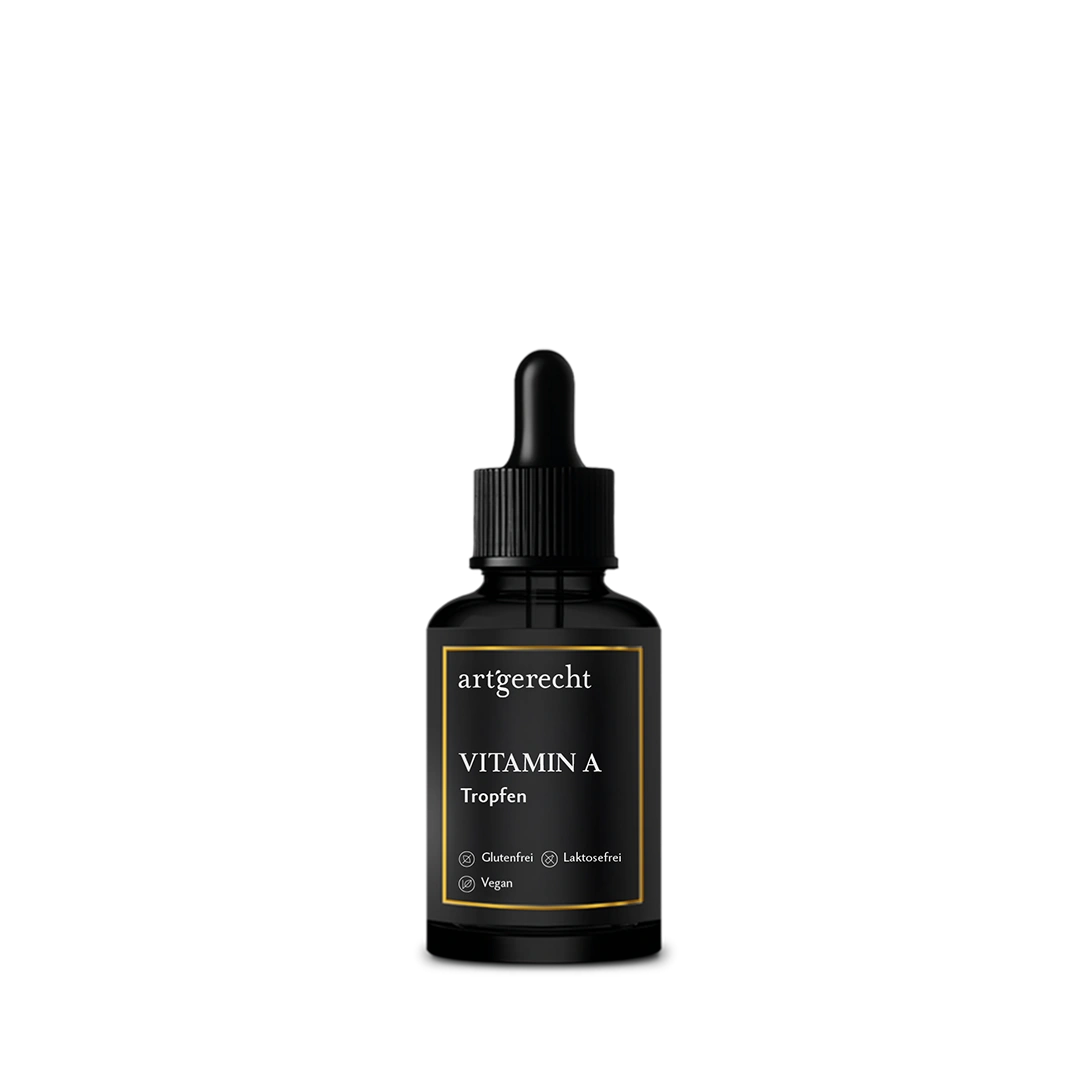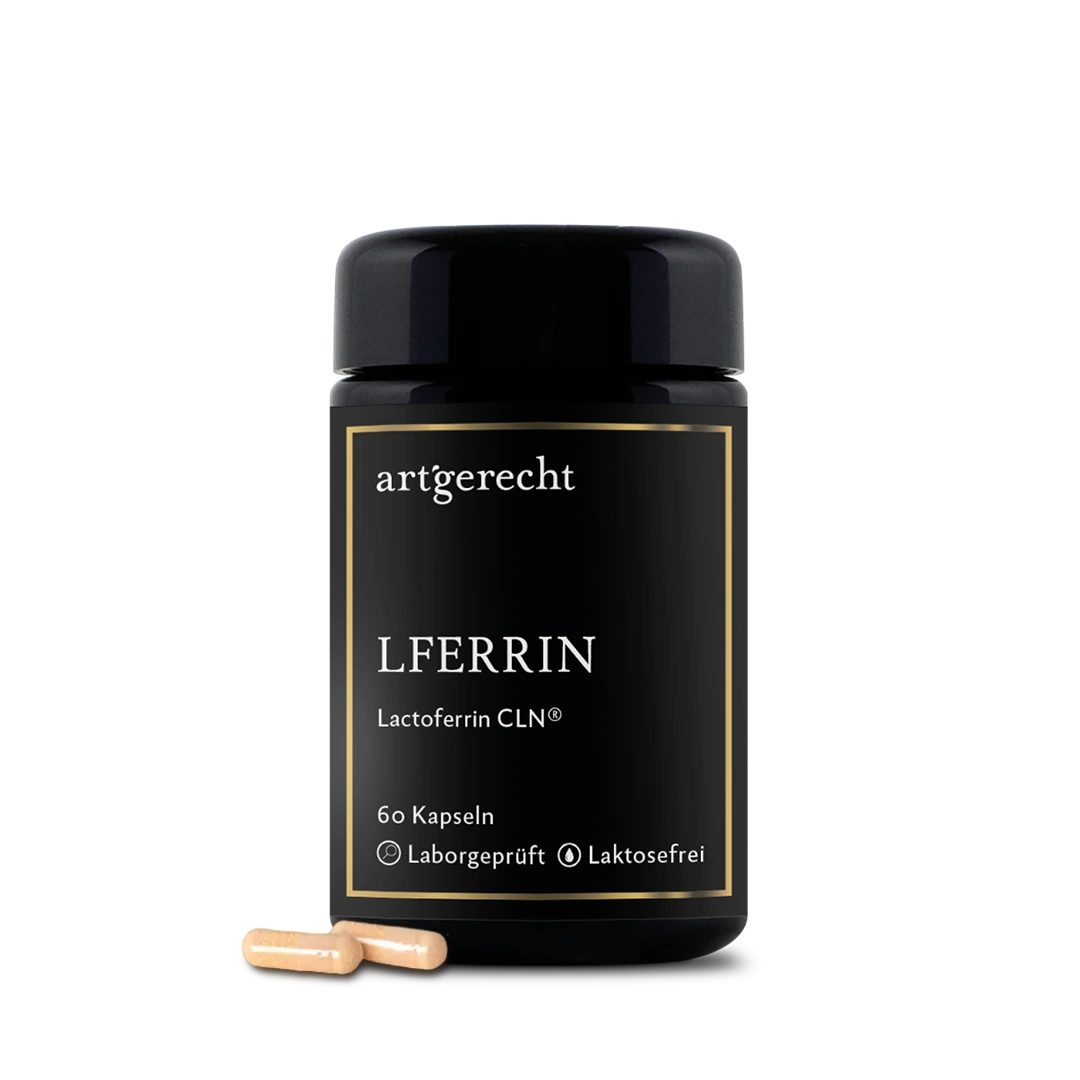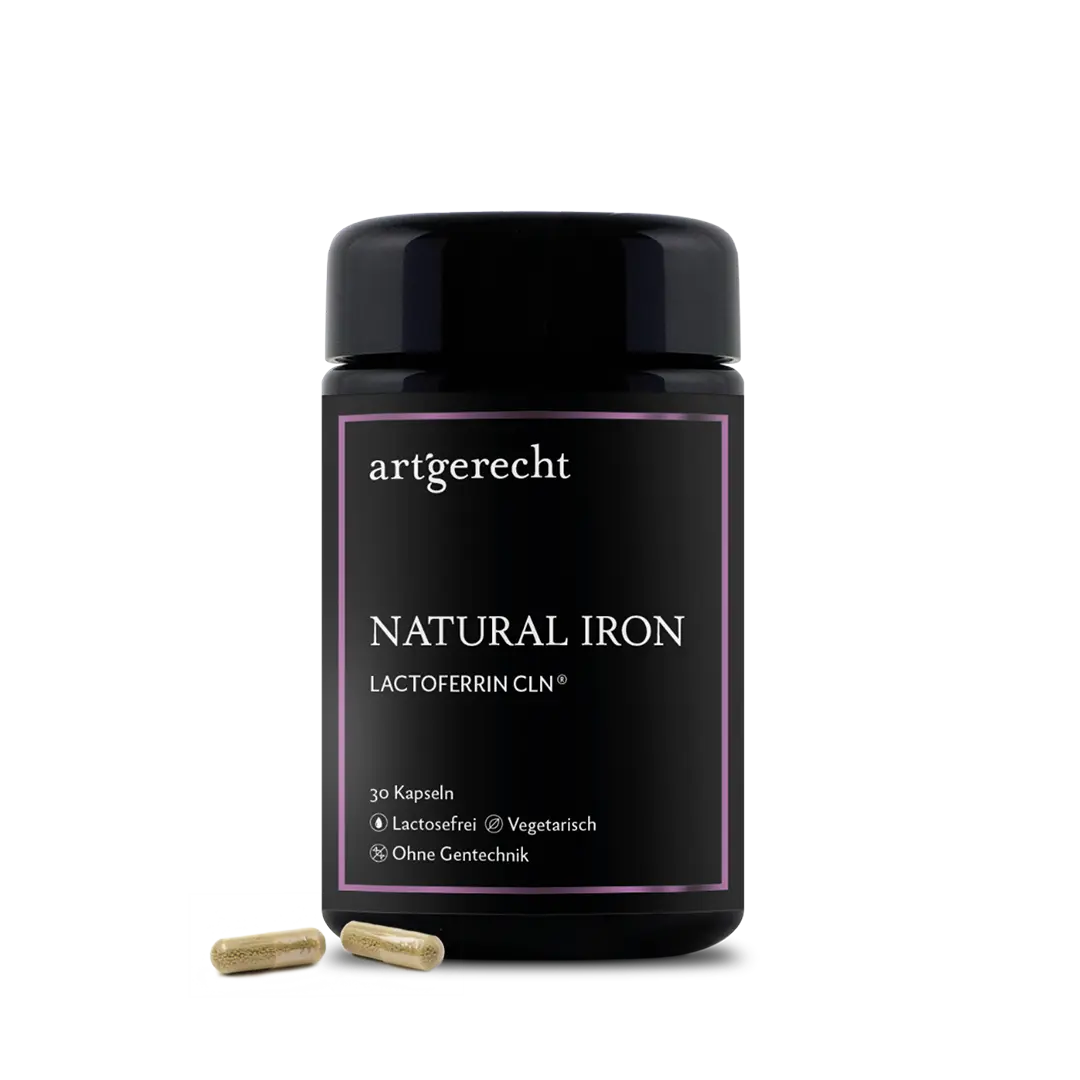We often feel listless, lacking in energy and tired these days - but what are the underlying causes? When we talk about lack of energy or chronic fatigue, we often describe a feeling of lack of energy that is not exclusively caused by exertion. Symptoms such as exhaustion, depression and anxiety, but also various pains, intestinal complaints and sleep disturbances are associated with it.
Its all about energy
Every single cell in our organism needs energy, as it is the prerequisite for the optimal functioning of body and mind. But what exactly happens when it is lacking and we feel tired, exhausted, listless and lacking in energy? And how can energy be optimally absorbed, built up faster, maintained and better directed to the right places? As a universal source of energy, we need adenosine triphosphate (ATP), a substance that we can obtain best from fat, but also from proteins and carbohydrates. The citric acid cycle in the power plants of every cell (mitochondria) is the oldest known enzyme-dependent metabolic pathway for the production of ATP. We, like all other living things on earth, have a basal metabolic rate (BMR), which by definition is the amount of calories needed to maintain body temperature and life-support systems at rest. Nowadays, the basic consumption for an average man is 1500 kcal and for a woman 1380 kcal. Compared to peoples who still live as fishermen, hunters and gatherers, this is an average of 200 kcal less, which is probably due to their higher proportion of muscle mass. The basic consumption depends mainly on the size and activity of the internal organs.[4]
Based on the current state of knowledge, we assume that the organ size should be the same for all people and that the basal metabolic rate is primarily determined by whether someone has a higher proportion of muscle mass, which consumes significantly more energy at rest than fat tissue. This is probably also the reason why our body tries to break down muscle mass that is not used regularly as quickly as possible and preserve fat as an energy store. Every bodybuilder who wants to build muscle mass and every overweight person who wants to lose a few kilos experiences these laws first-hand. For both, the goal is a constant battle. Arnold Schwarzenegger, for example, has a higher basic consumption than Stephen Hawkins. Men, on the other hand, have a higher average basal consumption than women due to their larger muscle percentage.[4]
The most far-reaching change of the past 200 years is the significant reduction in physical activity and the associated reduction in muscle mass. Research in recent years has shown that the muscular system is much more than just an organ of movement. It is the most important metabolic (metabolism), endocrine (hormones) and immunological (defense) organ of the human body. The importance of muscle mass even goes so far that life expectancy can be measured in this context.[5] [6] Increased basic consumption by active muscles and organs leads to a calming of the immune system. This improves vitality and well-being.
Sufficient energy in the right place is the prerequisite for the optimal functioning of body and mind.
What does the energy gain depend on?
„The body at the service of the immune system“ – People lose muscle mass not only through inactivity, but also through inadequate nutrition, but above all due to an often chronic activity of the immune system.[7] Metabolic syndrome leads to increased activity of fat cells, which chronically irritate the immune system. According to scientific data, up to 95 percent of people in industrialized countries are affected by this overreactivity of the immune system.[8] The long-term consequences are a reduction in basic energy consumption and a shift of energy away from the organs and towards the immune system.[9] Connective tissue and muscles are not or hardly necessary for immediate survival and are therefore broken down at the beginning when the immune system needs more energy and this cannot be obtained sufficiently from food. Why is the body's own tissue broken down so quickly? The answer lies in the evolution of the immune system. The main task of the immune system is to protect against pathogens, such as the influenza virus. If this virus strain causes the flu, you lose your appetite, are fatigued, sleep a lot and have a fever. After successfully fighting the virus, you become hungry and thirsty to restore your balance. This well-known example demonstrates some important aspects:
- When the immune system is activated, a general sickness behavior (loss of appetite, fatigue, etc.) occurs.
- During an infection, hardly any food is consumed.
These reactions appear to be counterproductive at first, as an active immune system consumes considerably more energy than a dormant immune system - from 100 kcal per day to up to 2000 kcal during sepsis.[10]
The reason for this is that obtaining energy from food would take too long and it would also be uncertain how much energy the immune system would actually receive from food. Since a failure of our immune system could mean death, the energy supply is ensured under all circumstances. When the immune system is not active, the energy (ATP) is produced in the power plants of the cells (mitochondria). However, when our immune system is activated, it uses glycolysis, which is a hundred times faster.[11]
This means that only a small proportion of the glucose is converted into energy (ATP), 80 percent into lactic acid and the rest is used to build new immune cells. Once the stored reserves are used up, the immune system breaks down the body's own tissue in order to secure its supply.[12]
Healthy sleep for more vitalityät – which tricks help?
Our environment or job often force us to work to a schedule that goes against our natural biorhythm. Getting away from this is difficult or even impossible, as everyone is often just a small cog in the system. With a few simple tips and tricks, restful sleep can still become a reality.
Individually sufficient amounts of the sleep hormone melatonin are necessary for a restful night's sleep. When and whether the hormone is produced depends primarily on the time of day. Our organism uses the blue light component of light as a measurement parameter.14 A high blue light component is mainly found in light from the sun high in the sky. It leads to an inhibition of melatonin production. Artificial light with a high blue light content, such as televisions, computer screens, laptops, cell phones or neon tubes, has similar effects. Exposure to such light sources in the evening or at night can reduce hormone production by up to 70 percent.[15] Based on this data, the most important intervention is to avoid blue light in the evening as much as possible.
There are several ways to do this:
- Blue light filter glasses: Glasses that filter blue light offer a very efficient option. This means that light sources no longer interfere with melatonin production.
- Software: There are several free applications for screens, laptops, smartphones and tablets that filter blue light from the display in the evening (e.g. night shift mode)
- . Night shift mode)
- In the evening, warm and less bright light sources should be used as often as possible, such as candlelight.
In contrast, in the morning we need the brightest possible light with a high blue light content to wake up and start the day fit. The use of light alarm clocks or daylight lamps with an output of at least 10,000 LUX is ideal, regardless of the time of year.
How should I eat to have more energy?
We can effectively influence our biorhythm with certain foods. In the first half of the day, for example, foods with a high content of the amino acid L-tryptophan are beneficial for sufficient production of the sleep hormone melatonin in the evening.[16] Optimal foods for this are: Eggs, spinach, fish (anchovies, tuna, salmon, halibut) and poultry.
In contrast, foods rich in serotonin are particularly beneficial for optimal hormone regulation in the evening. Foods such as cherries, kiwi, dark chocolate, bananas, eggs, nuts or avocado offer a high specific nutrient content.
Our tips against fatigue and exhaustion?
„The smallest change makes the biggest difference.“
If you feel drained of energy from time to time, here are some effective quick wins to improve energy distribution:
- A reduced meal frequency – three or two meals per day.
- Exercise before eating, preferably in the fresh air.
- Adequate consumption of tropical fruits (sugar type ribose). Tropical fruits such as mango contain large amounts of ribose and compared to normal household sugar, the effect on our body is exclusively positive. However, we can only produce a limited amount of this rare raw material ourselves.
- Adequate intake of cabbage vegetables (fermentation, e.g. sauerkraut or kimchi) and green tea.
- Especially in the winter months from October to May, make sure you get enough vitamin D.
Literature:
- Maquet D., Demoulin C., Crielaard J.-M.: Chronic fatigue syndrome: a systematic review. Annales de réadaptation et de médecine physique. 2006; 49.
- Carruthers B.M., Jain A.K., De Meirleir K. L., et. al: Myalgic Encephalomyelitis/Chronic Fatigue Syndrome: Clinical Working Case Definition, Diagnostic and Treatment Protocols. Journal of Chronic Fatigue Syndrome. 2003; 11.
- Demitrack M.A.: Evidence for and Pathophysiologic Implications of Hypothalamic‐Pituitary‐Adrenal Axis Dysregulation in Fibromyalgia and Chronic Fatigue Syndrome. Annals of the New York Academy of Sciences. 2006.
- Pruimboom L.: Physical Inactivity Is a Disease Synonymous for a Non-permissive Brain Disorder. Med Hypotheses. 2011; 77.
- Evans D. S., Kapahi P., Hsueh W. C., Kockel L.: TOR Signaling Never Gets Old: Aging, Longevity and TORC1 Activity. Ageing Res Rev. 2011; 10.
- Mador M. J.: Muscle Mass, Not Body Weight, Predicts Outcome in Patients with Chronic Obstructive Pulmonary Disease. Am J Respir Crit Care Med. 2002; 166.
- Straub R. H.: Concepts of Evolutionary Medicine and Energy Regulation Contribute to the Etiology of Systemic Chronic Inflammatory Diseases. Brain Behav Immun. 2011; 25.
- Ruiz-Núñez B., Pruimboom L., Dijck-Brouwer D. A., Muskiet F. A.: Lifestyle and Nutritional Imbalances Associated with Western Diseases: Causes and Consequences of Chronic Systemic Low-grade Inflammation in An Evolutionary Context. J Nutr Biochem. 2013.
- Nalam R. L., Pletcher S. D., Matzuk M. M.: Appetite for Reproduction: Dietary Restriction, Aging and the Mammalian Gonad. J Biol. 2008; 7.
- Dantzer R., Kelley K. W.: Twenty Years of Research on Cytokine-induced Sickness Behavior. Brain Behav Immun. 2007; 21.
- Pfeiffer M., von Bauer R., Nawroth P. P.: The New Puzzle About the Treatment of Type 2 Diabetes After the ACCORD and Da Qing Studies. Langenbeck‘s Archives of Surgery. 2011; 396.
- Lunt S. Y., Vander Heiden M. G.: Aerobic Glycolysis: Meeting the Metabolic Requirements of Cell Proliferation. Annu Rev Cell Dev Biol. 2011; 27.
- Lochmiller R. L., Deerenberg C.: Trade-offs in Evolutionary Immunology: Just What Is the Cost of Immunity? Oikos. 2000; 88.
- Scheiermann C., Kunisaki Y., Frenette P. S.: Circadian Control of the Immune System. Nat Rev Immunol. 2013; 13.
- Wood B., Rea M. S., Plitnick B., Figueiro M. G.: Light Level and Duration of Exposure Determine the Impact of Self-luminous Tablets on Melatonin Suppression. Appl Ergon. 2013; 44.
- Wada K., Yata S., Akimitsu O., et al: A Tryptophan-rich Breakfast and Exposure to Light with Low Color Temperature at Night Improve Sleep and Salivary Melatonin Level in Apanese Students. J Circadian Rhythms. 2013; 11.

